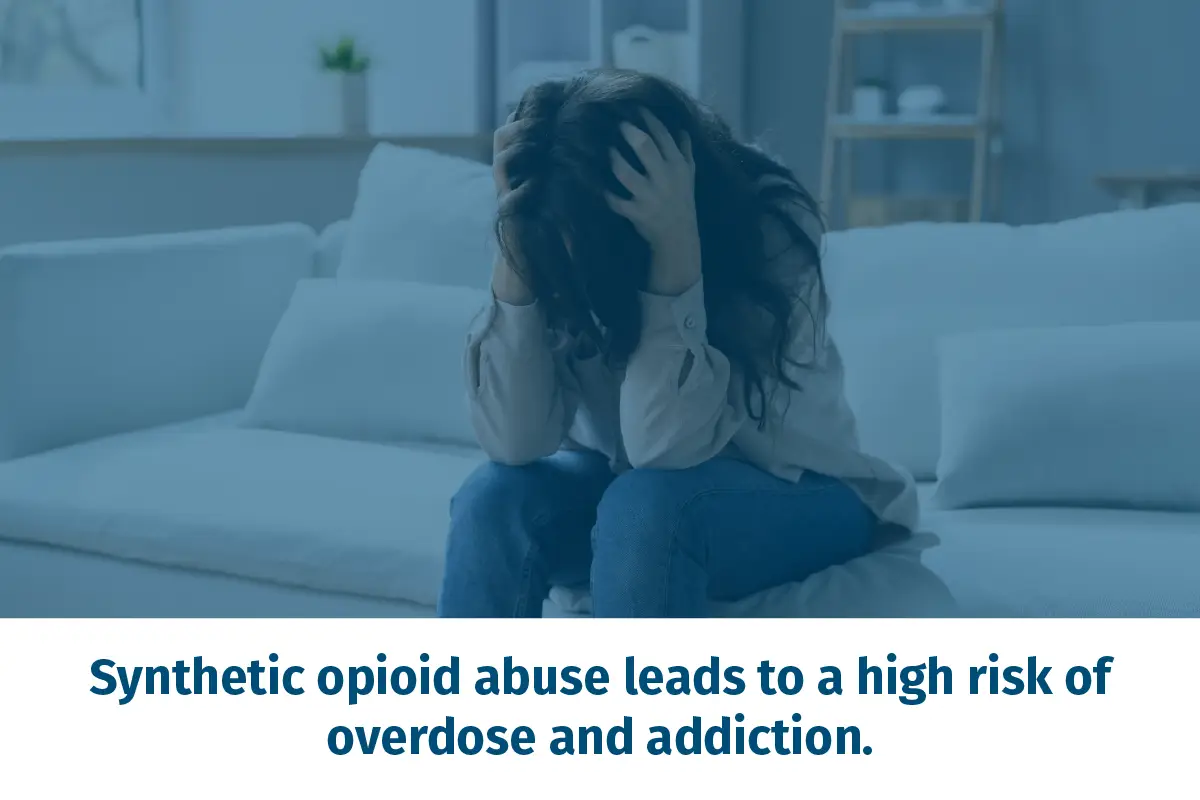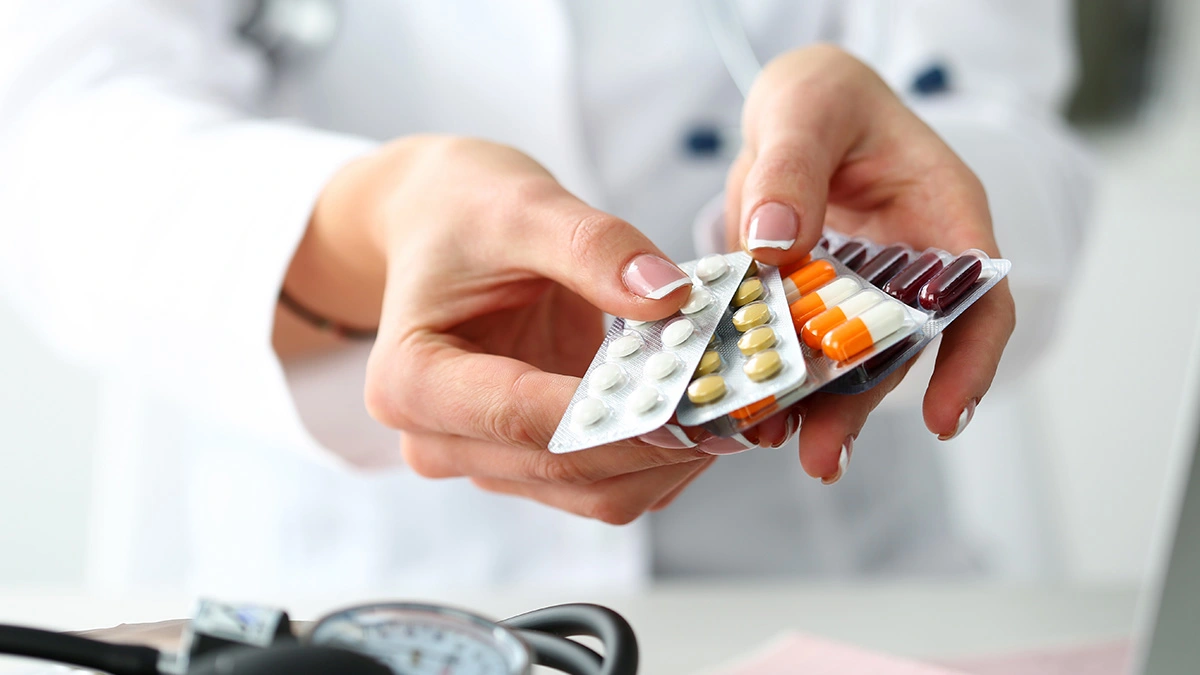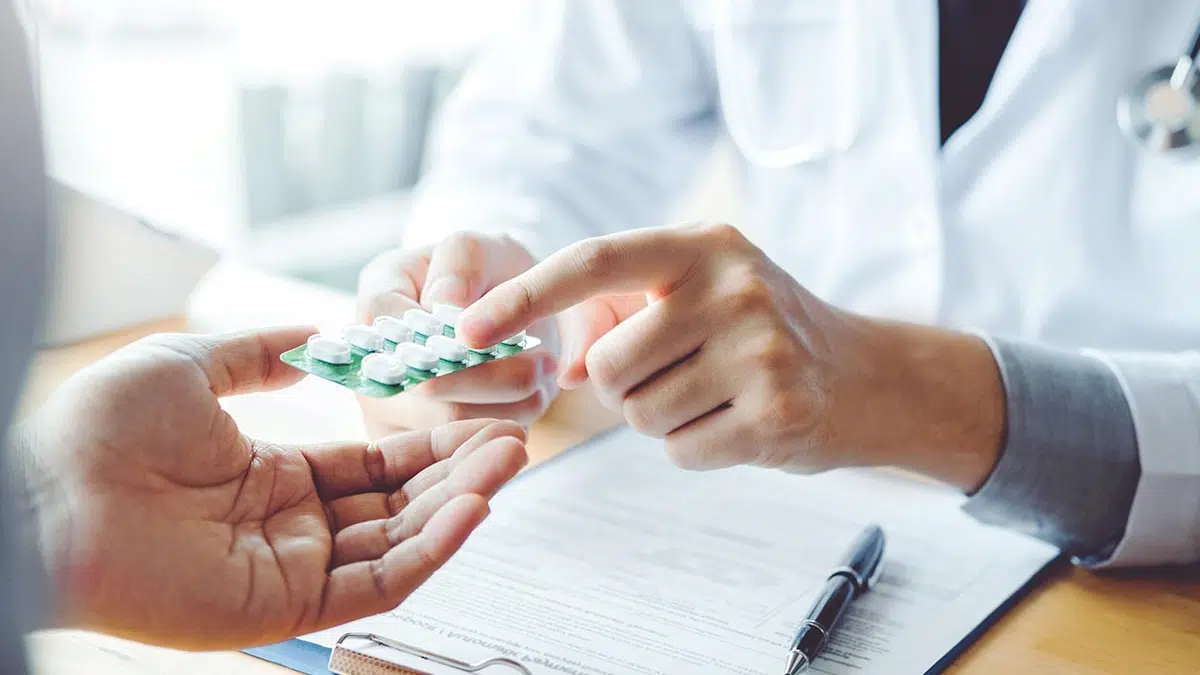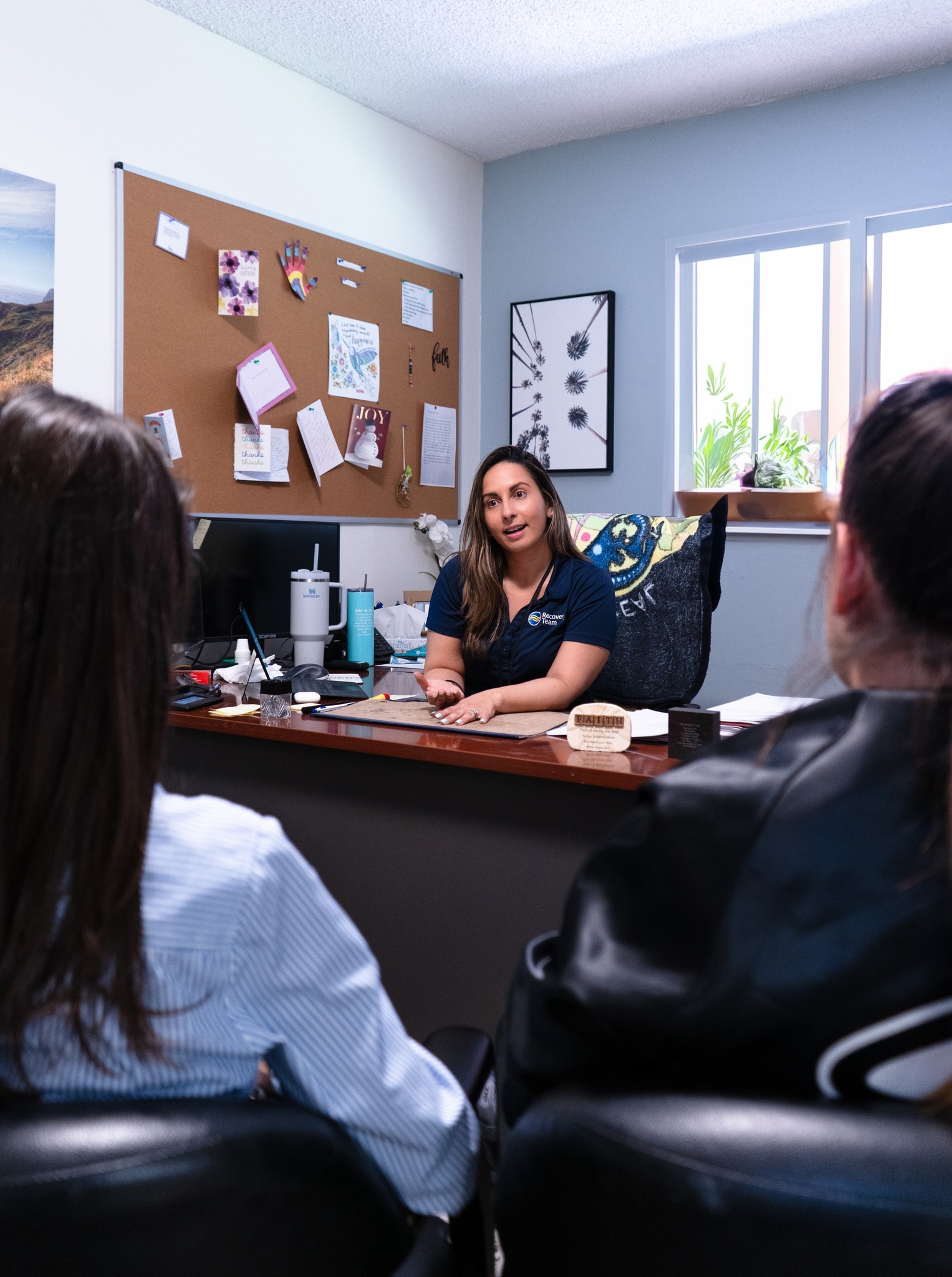Opioid Treatment: Causes and Treatment Options
Call us today to get the support and guidance you deserve.
Understanding Opioid Addiction: Signs, Effects, and Treatment
Opioid addiction is common among Americans due, in part, to the over-prescription of opioid pain relievers. Moreover, opioid abuse leads to opioid use disorder, and more than 2.5 million Americans have faced the condition of opioid use disorder.
Opioid use disorder contributed to more than 28,000 overdose deaths in 2014.
Those who are going through opioid use disorder need opioid rehab. The rehab process makes you recover from opioid use disorder. Rehab centers, like The Recovery Team, offer this treatment.
Key Takeaways
Opioid addiction alters the functioning of the brain; that’s why the addiction has a long-lasting impact on the individual. Participants in opioid treatment programs need to learn new skills to prevent relapse and handle any additional problems, such as mental health diseases.
Opioid addiction treatment is done with several methods, such as:
- Drug detoxification
- Rehab in residential or outpatient rehab
- Therapies
- Prescription medications
Symptoms of Opioid Addiction
Opioid use disorder or opioid addiction is a chronic medical condition that has a long-lasting impact on the brain and other parts of the body.
Medical professionals recommend that for the diagnosis of an opioid use disorder, you must have two symptoms which are listed below:
- Not participating in social activities and social gatherings
- Losing interest in hobbies
- Develop a tolerance against an opioid
- Extremely strong cravings for opioids
- Inability to have control over opioid use
- Disturbance in your personal and professional life
- Taking a large dose of opioids
- Using opioids while driving
- Spending a lot of time obtaining, utilizing, or abusing opioids.
Most insurance plans cover treatment here, making the cost to you as low as possible - sometimes even zero.






Why Opioid Addiction Happens and What Increases the Risk
Opioid use leads to the development of opioid addiction in users. Opioids are highly addictive, in large part because they activate the powerful reward centers of your brain.
Endorphins, the brain’s feel-good neurotransmitters, are released in reaction to opioid consumption. Endorphins reduce pain perception and increase pleasure, resulting in a brief but powerful feeling of well-being.
After an opiate dose wears off, you can find yourself longing for those good feelings to return as soon as possible. The initial step toward a potential addiction is being taken here.
It seems that those who have addicted family members are more likely to become addicted themselves. Genetic traits are one component when discussing the risks of opioid addiction.
Still, other factors such as environment, lifestyle, and other non-genetic characteristics that family members share may also play a role in this elevated risk.
Although many affected people have a family history of opioid or other substance addiction, there is no clear inheritance pattern for opioid addiction.
Even when the drugs are properly prescribed and taken as prescribed, some people still have a significant risk of developing an addiction to opioids. Prescription opioids are frequently mishandled or given to others.
The individuals facing addiction may put procuring and using these drugs before other responsibilities, which frequently severely impacts their interpersonal and professional connections.
It’s unclear why certain people are more prone to addiction than others. Because opioids alter brain chemistry and cause drug tolerance, a higher dose must eventually be used to produce the same results.
Opioid addiction causes serious health impacts on your life which may lead to death if left untreated.
The availability of the substance is one of the risk factors for the development of opioid addiction in an individual. Opioid misuse has become common due to the excessive use of this drug. Opioids are often prescribed after surgery.
When the drug is available, there is an increased risk of overdose. In the United States, there are approximately 28,000 individuals who lost their lives due to opioid overdose.
Opioids have a high potential to cause addiction in individuals. When a person uses it daily, then they become dependent on it. Drug availability at home or anywhere is a risk factor for drug dependence.
Association with peers who abuse opioids, fame, bullying, and gang membership are social risk factors.
Peer pressure forces a person to consume drugs. Sometimes just for pleasure, people at a young age have opioid misuse.
Teenagers, in particular, can easily develop an addiction to opioids due to their less developed prefrontal cortex, making them more susceptible to peer pressure. That’s why social pressure is one of the leading risk factors for developing opioid addiction.
Suppose an individual does not have a clear and sober support system. In that case, they may begin or continue to use and abuse opioids.
If someone is addicted in the family, they hesitate to take support from family, as no one helps. This results in relapse, even if they want to recover from addiction.

Impact of Opioid Addiction
Effects on Health, Safety, and Daily Life
Opioid misuse can lead to serious health risks, including drowsiness, nausea, respiratory issues, and a high risk of overdose. Long-term use increases the chances of dependence and addiction, making it harder to stop without professional help. Safety is also compromised, as opioid impairment can lead to dangerous behaviors like driving under the influence. Additionally, addiction can negatively affect employment, reducing productivity and making it difficult to meet job requirements, especially in professions that require drug testing.
Treatment and Recovery Options
Effective opioid addiction treatment includes medical detox, where professionals help manage withdrawal symptoms safely. Medication-assisted treatment (MAT) and behavioral therapies like CBT, DBT, and family counseling support long-term recovery. Residential rehab offers intensive care for severe addiction, while outpatient programs provide flexibility. Therapy and support groups help individuals rebuild their lives, address underlying issues, and maintain long-term sobriety.
Related Opioid Articles

Here’s What We’ll Cover Here’s What We’ll Cover Opiate addiction has become a serious public

Here’s What We’ll Cover Here’s What We’ll Cover Medication-assisted treatment (MAT) is a proven approach

Here’s What We’ll Cover Here’s What We’ll Cover Opioid addiction has become a pressing concern

Here’s What We’ll Cover Here’s What We’ll Cover Heroin withdrawal is the uncomfortable experience that
Get Your Questions Answered
Navigating the journey to recovery can bring up many questions. Below are some of the most commonly asked questions about our services. If you need more information or have additional questions, we are only a phone call away.

There are multiple ways to stop consuming opioids so that it does not lead to opioid abuse. These ways include:
- Prescription medication surveillance plans.
- Local prescription drug regulations.
- Healthcare systems’ quality-improvement initiatives to boost the use of advised prescription practices.
- Educating patients about the proper handling and disposal of prescription opioids.
- Entering a rehab facility for opioid abuse treatment.
Most insurance plans cover treatment, and we help check your benefits upfront. Depending on your plan and prior healthcare, treatment here can even be fully covered.
Give us a 5-minute call for more information about our services. There is no commitment or judgement – we’ve been there before ourselves.
Contact us for more information :
Call Us
(800) 817-1247
Verify Insurance
100% Confidential
